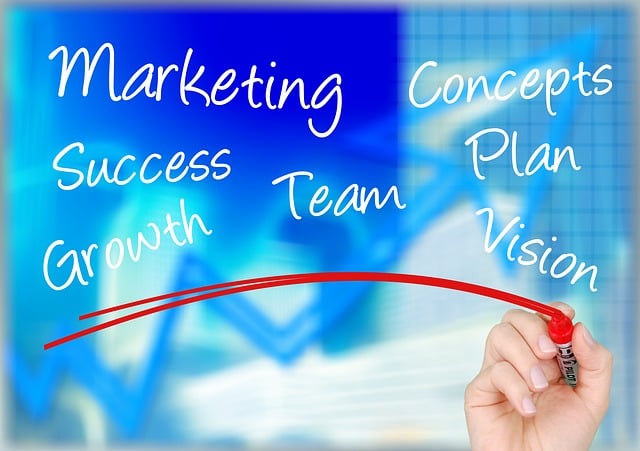AI business sales forecasting solutions, especially AI kitchen-to-table timing monitors, are transforming sales management by leveraging machine learning algorithms to analyze historical data and predict patterns. These tools provide real-time insights into the sales cycle, enabling businesses to optimize processes, anticipate market trends, identify high-value opportunities, and streamline operations for maximum efficiency. By tracking customer journeys from initial contact to final sale and refining forecasts based on new information, AI kitchen-to-table timing monitors offer a strategic advantage with accurate predictions and improved ROI, ultimately enhancing strategic decision-making in competitive markets.
In today’s data-driven business landscape, precise sales forecasting is vital for strategic decision-making. AI business sales forecasting solutions have emerged as game-changers, revolutionizing traditional methods with advanced analytics and machine learning algorithms. This article explores the transformative power of these tools, focusing on how AI kitchen-to-table timing monitors enhance accuracy. We’ll also delve into implementing and optimizing AI sales forecasting systems to maximize return on investment (ROI), providing insights for businesses seeking a competitive edge.
- Understanding AI Business Sales Forecasting Solutions
- The Role of AI Kitchen-to-Table Timing Monitors in Enhancing Accuracy
- Implementing and Optimizing AI Sales Forecasting Systems for Maximum ROI
Understanding AI Business Sales Forecasting Solutions

AI business sales forecasting solutions are transforming the way companies predict and manage their sales pipelines. These advanced systems leverage machine learning algorithms to analyze historical data, identify patterns, and provide accurate forecasts. By integrating AI kitchen-to-table timing monitors, businesses gain real-time insights into the sales cycle, allowing them to optimize processes and improve overall performance.
These monitoring tools track every step of the sales journey, from lead generation to deal closure, providing timely alerts and predictions. This data-driven approach enables sales teams to make informed decisions, adjust strategies, and ultimately drive more accurate sales forecasts. With AI at play, companies can anticipate market trends, identify high-value opportunities, and streamline their sales operations for maximum efficiency.
The Role of AI Kitchen-to-Table Timing Monitors in Enhancing Accuracy

AI kitchen-to-table timing monitors play a pivotal role in enhancing the accuracy of business sales forecasting solutions. By seamlessly integrating with existing systems, these AI tools track every step of the customer journey, from initial contact to final sale, providing real-time data that empowers predictive analytics. This granular level of insight allows businesses to anticipate market trends, adjust strategies accordingly, and make more informed decisions.
These monitors utilize advanced algorithms to analyze historical sales data, customer behavior patterns, and external factors like seasonal fluctuations or economic indicators. This comprehensive analysis enables them to forecast sales with impressive precision, helping businesses optimize their resources, streamline operations, and ultimately boost revenue. With AI kitchen-to-table timing monitors, companies can confidently navigate the dynamic market landscape and stay ahead of the competition.
Implementing and Optimizing AI Sales Forecasting Systems for Maximum ROI

Implementing and optimizing AI sales forecasting systems is a strategic move for businesses aiming to maximize their Return on Investment (ROI). These intelligent solutions go beyond traditional methods by analyzing vast historical data, identifying patterns, and predicting sales trends with remarkable accuracy. By leveraging machine learning algorithms, AI kitchen-to-table timing monitors can adapt and refine forecasts as new data becomes available, ensuring dynamic and precise predictions.
To optimize these systems, businesses should focus on data quality and integration. Clean and structured data feeds are essential for training robust AI models. Additionally, regular monitoring and calibration of the forecasting models are crucial. This involves analyzing forecast errors, understanding their sources, and adjusting the system accordingly. Such continuous improvement ensures that the AI sales forecasting solution remains aligned with market changes and business needs, ultimately enhancing its predictive power and contributing to better strategic decision-making.
AI business sales forecasting solutions, with a focus on AI kitchen-to-table timing monitors, are transforming the way companies predict and optimize their sales. By leveraging these advanced technologies, businesses can enhance accuracy, improve decision-making, and maximize return on investment (ROI). Implementing and optimizing these systems requires strategic planning and a deep understanding of data, but the benefits are clear: more efficient operations, better resource allocation, and ultimately, increased profitability.
